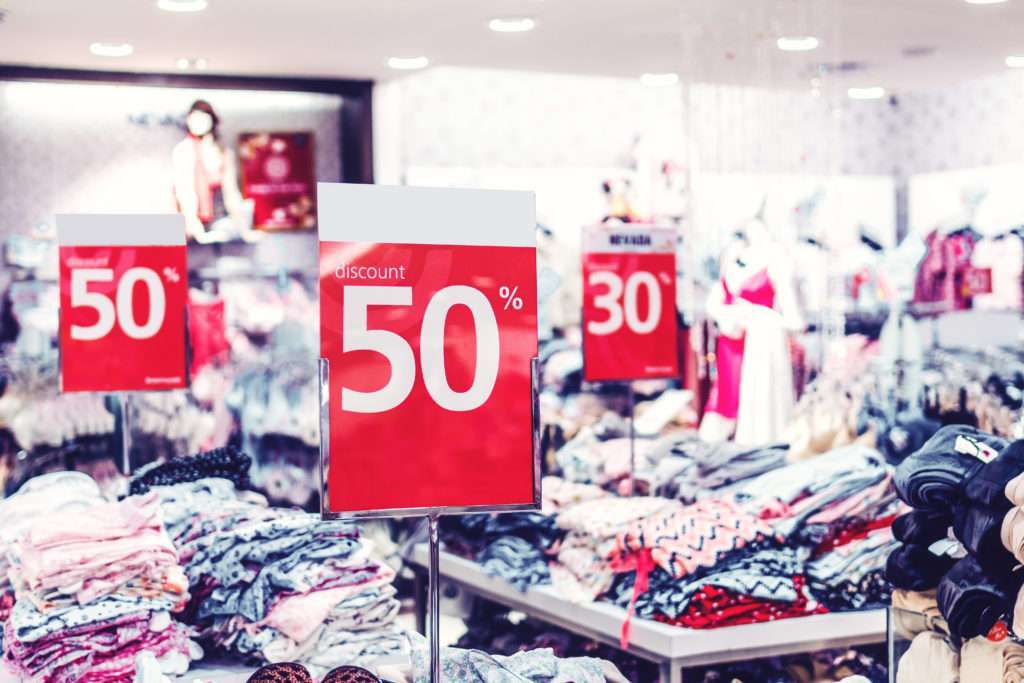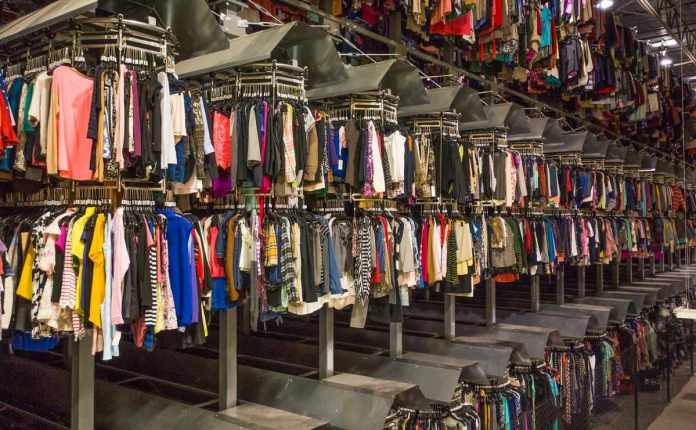The question in the mind of many people, especially designers, is what is fast fashion exactly? Well, in this article, I will explain the exact definition of fast fashion and explain more on its details.
First and foremost, fast fashion is the design, manufacture, and production process aimed at making large amounts of clothes that will be made available to the public for purchase. It focuses on the Garment production industry, which aims to replicate fashion trends and use low-quality materials to avail large volumes of clothes to the masses at an affordable price.
This has, however, come with a very high price to pay in the long run. All these low-quality materials tend to negatively impact the environment since they are difficult to recycle, hence polluting the environment. The garment workers’ health faces threat, and consumers will eventually feel the pinch on their money. All these have been discussed in various sections below.

Table of Contents
Trends of fast fashion
For many years, the fashion industry had been guided by the four seasons (summer, autumn, winter, and spring). Designers would brainstorm months before the next season started to design clothes that they believe the public will be more into when the next season starts. They would meet in summer to design clothes for autumn, then meet in autumn to design for winter, then meet in winter to design for spring. The vicious cycle will then begin by meeting in spring to design for the next summer and so on.
However, this method ended up discouraging the public from embracing the new trends. Moreover, things were not getting better since fashion had been described as being for the rich only. Strict rules enforced this, making it even harder for the fashion industry to expand.
The tide began turning in the 1960s. A marketing scheme was unveiled during this period, and it seemed like it was perfectly timed. Consumers proved they were ready to embrace the new fashion trends after the test run carried out with paper clothes proved fruitful. The fashion company then started speeding up the production process and making the clothes more affordable to the masses.
Since then, the fashion industry has been working tirelessly to ensure that they produce new trends every week to make customers yearn for more. Any designer outlet needs to have a large stock of newly designed clothes every week so as to keep up with the high demand from the consumers. Replication of streetwear has made all this possible, and designers usually race against time to ensure that they come up with something new every week. Consumer preference and trends also play a huge role in giving a picture to the designers on how to predict the next clothes to make.
Concept
Fast fashion brands have been working extremely hard to ensure that they design clothes that suit consumers’ needs and sell at a very high rate. They are willing to enforce any stage of the production process to ensure that these clothes reach the market quickly. These clothes have a very reasonable price so as to make them more affordable to the consumers. Some of the various labels that follow this trend are Peacocks, Forever 21, H&M, C&A, Uniqlo, and Zara.
Negative effects of fast fashion
The production process involved in fast fashion is usually very fast. This is because the clothes undergo production in their masses without ensuring they undergo a quality assurance check. The main aim of fast fashion is to avail large volumes of clothes to the consumers at a cheaper price to ensure that they buy them quickly.
These fashion labels usually rake in huge profits because of the high number of usually bought clothes. They use very affordable materials to make these clothes and, in turn, gain the profits earned from the sale of these clothes. Thus, the companies earn a lot of money while their workers earn very little. These companies extort cheap labor from these workers who usually choose to endure all this because there aren’t many options out there. Jobs are scarce, so they have no alternative but to take this one and endure it so as to put food on the table.
These clothes also have very adverse effects on the environment. An example is the fast-fashion label Boohoo. Toxic chemicals are present in the production of these clothes together with hazardous dyes and synthetic fabrics. As a result, the lead levels in these garments are usually very high. Since they are usually difficult to recycle, people turn to dump these clothes irresponsibly on the environment. The toxic chemicals in these garments then percolate into water supplies and the soil. These chemicals rarely break down, so they tend to pollute the water sources and also the air.
Other negative effects are:
The health of the garment workers is also at very high risk. A toxic chemical such as benzothiazole is highly carcinogenic and also causes other respiratory diseases. This same toxic chemical is a component in the production process of these clothes. Since the workers lack proper PPEs, they tend to expose themselves heavily to these chemicals. We, as consumers we also feel these negative effects. These clothes tend to affect our skin and also our respiratory organs, and general health.
The woes of the garment workers do not end there. Apart from being exposed to these hazardous chemicals, they are also underpaid, underfed, and also face physical abuse that leads to actual physical harm. An example is the Nike Sweatshop. They usually pay their workers very poorly and also expose them to physical harm. They take advantage of the situations these workers are in. This is because they know that they have very few options in terms of employment.
Champions against fast fashion
Slow fashion is just what we need to embrace so as to counter the damage brought about by fast fashion. Clothes from slow fashion usually do not have many toxic chemicals. They are also of high quality, long-lasting, and can be easily recycled. The production process also respects the rights of the garment workers. They are well paid, have proper PPEs, and are also well-taken care of.


















